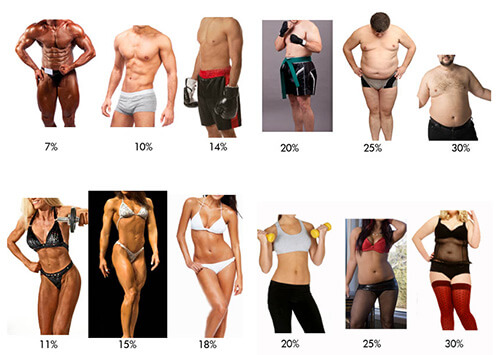
There are a number of reasons why you might want to train outside in 30+ degree heat. Firstly it being that hot in this country would indicate summer; in other words shorts and t-shirt weather so of course you would want to ensure your bikini body is buffed, honed and ready for the season! For the vast majority of us we try not to let weather, good or bad, affect our training too much. In this country its often motivation we require to get out in the lashing rain, however at the moment its more like sanity we require to get us out in the heat! So how do you best achieve your training goals without overheating or collapsing?!
There are a few methods that work, you can adopt these on hot holidays too, training at the crack of dawn is the one that most consistently delivers a good session without impacting too much on quality or the rest of your day! At the moment (July) sunrise is approximately 5am; if you are an early bird this is the best time to train, however if there is no chance of getting yourself out of bed this early you probably have 3 hours realistically before it heats up to about 25 degrees and is a little too hot to train in the sun for most people. If your session is a circuit or mat based, obviously if you find a shady spot you can probably train at most points throughout a hot day, in particular if you find a breezy spot. But I am really referring to an outdoor running, cycling, rowing or tennis type session. Once the temperature rises beyond 25 degrees your performance in the heat for a sustained period of time is going to be detrimentally affected, even with an adequate level of hydration you will be unlikely to perform optimally.
Evening training sessions also have the advantage of being a cooler part of the day to train in, however you will need to wait until after 8.30pm really for the sun to down and the heat stored in the land to begin to dissipate before you can really push yourself without feeling ill effects of heat. Even then, I find the morning coolness is much easier to train in than the evening coolness.
If these guidelines are not possible to stick to and you find yourself in the heat having to train then DO:
- Wear a hat ideally with a peak to shed your forehead and eyes
- Wear sun cream
- Hydrate with water or an isotonic fluid to replace sweat, drink every 20mins
- Try to keep your session under 90minutes
- Wear wicking clothing to take the sweat away from your body
- Wear as much white clothing as possible to reflect the heat
- Try and find a breezy location to train so that the sweat can evaporate more quickly and cool the body most effectively
- Try and keep moving; at the very least the air resistance with allow more sweat to evaporate rather than standing still in an airless spot.







 What makes an Olympian? – Is it indeed true that they are genetic freaks or are they just so driven that nothing could ever stop them?
What makes an Olympian? – Is it indeed true that they are genetic freaks or are they just so driven that nothing could ever stop them?